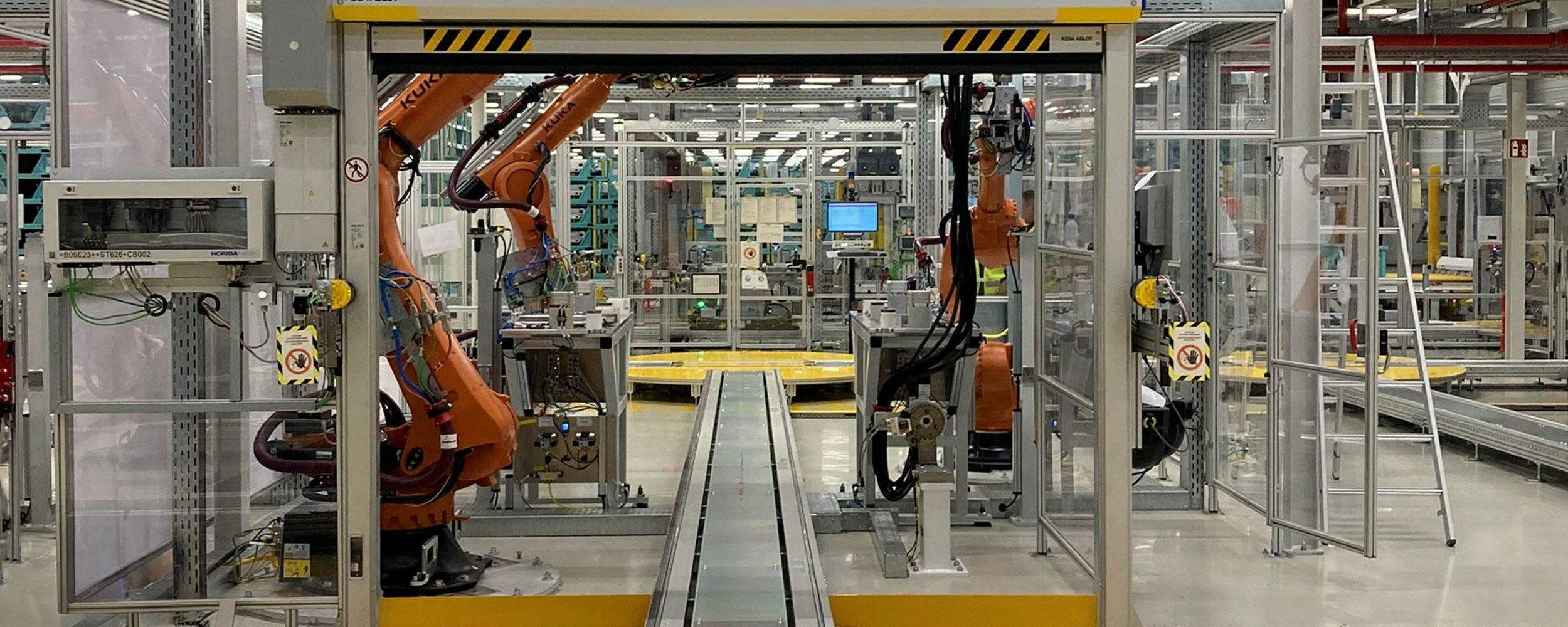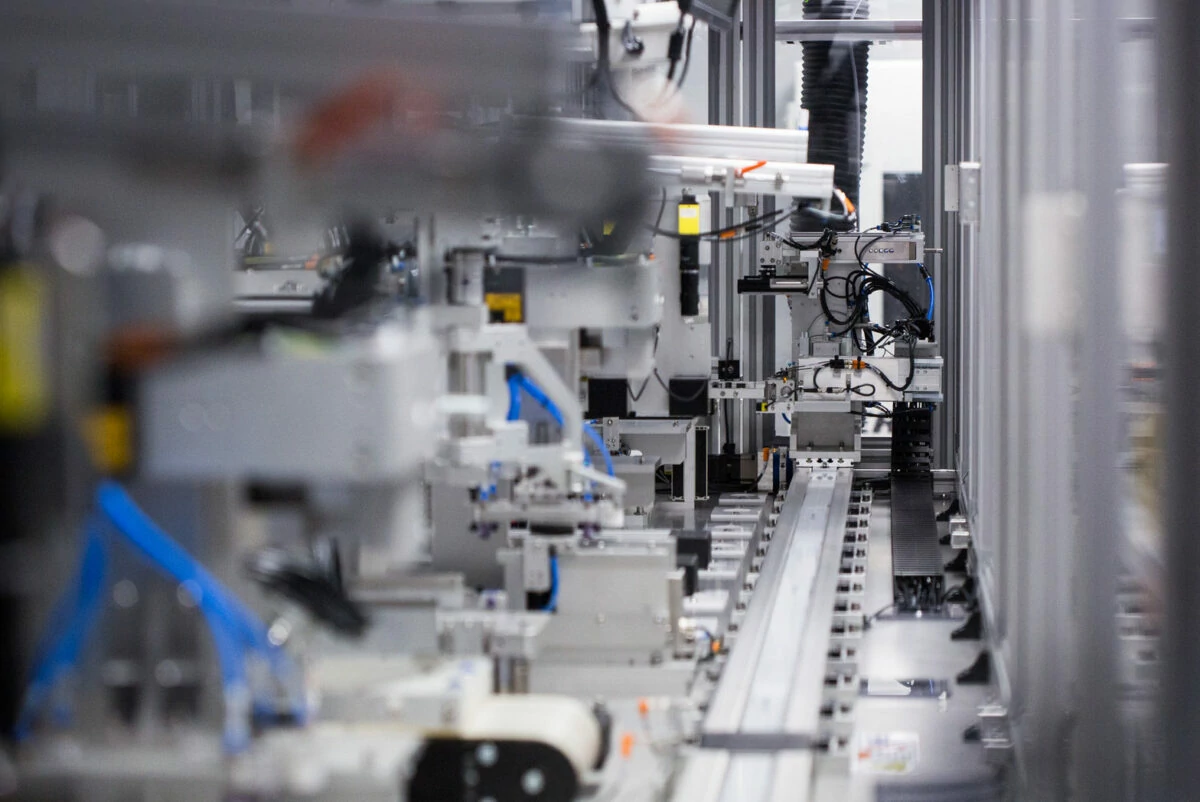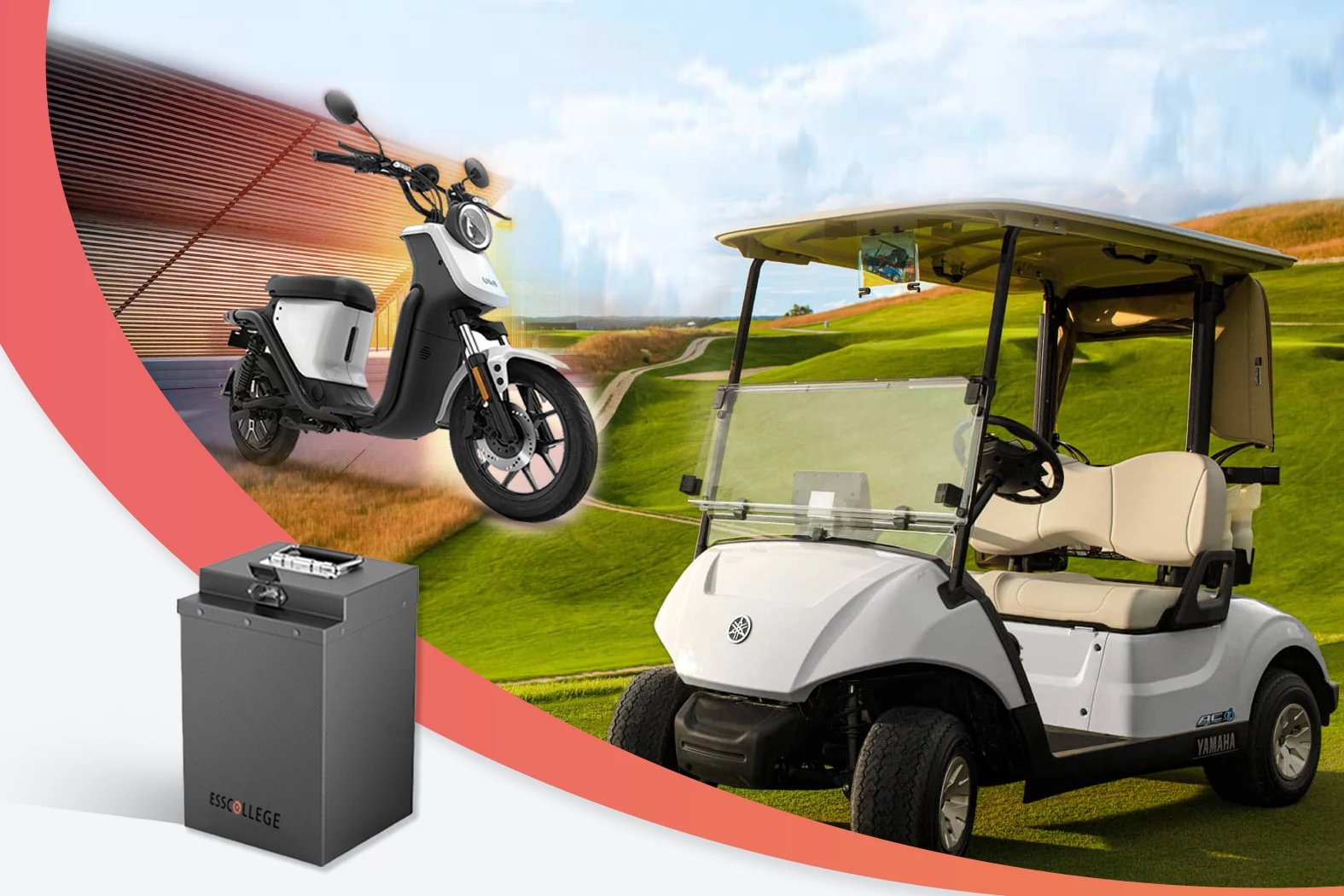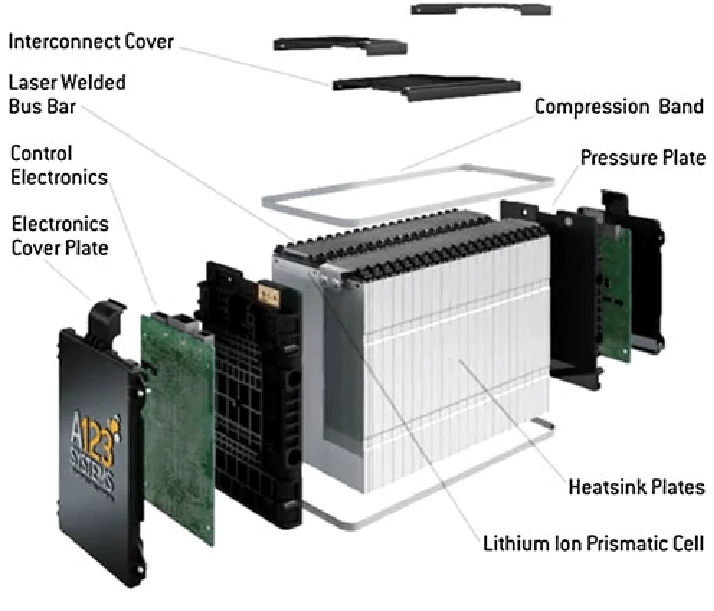Product testing Product testing is a key link to ensure...
Raw material mixing
Raw material mixing is a key step in the process of battery slurry preparation, which directly affects the uniformity and stability of slurry and the final performance of battery. In this link, it is mainly to fully mix all kinds of raw materials (active materials, conductive agents, adhesives and solvents) of the battery to ensure the uniform dispersion of each component and avoid the precipitation or agglomeration of raw materials, thereby improving the conductivity and mechanical strength of the electrode.
Raw material mixing
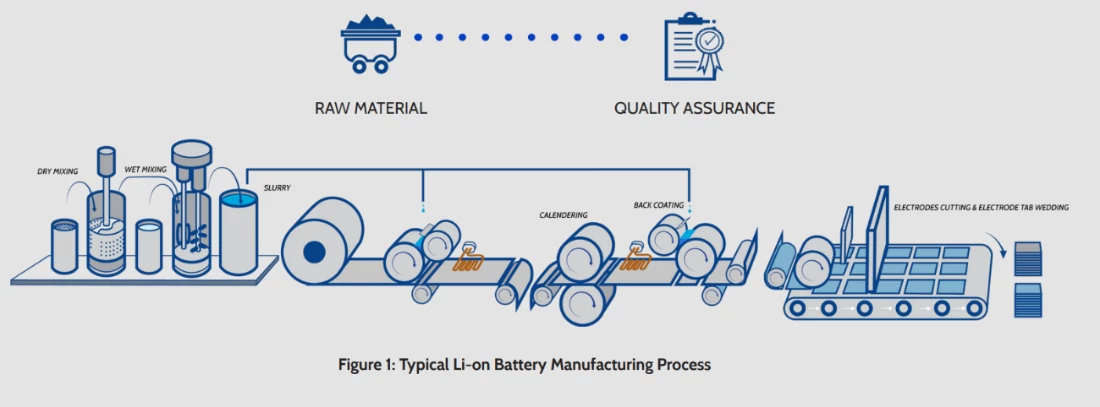
Raw material mixing is an important step in the preparation of battery slurry, and ensuring the uniform dispersion and stability of each component is crucial to the performance of electrode materials. Through proper mixing process and precise control of mixing parameters, the conductivity, cycle stability and overall performance of the battery can be improved.
Detailed information
The main purposes of raw material mixing are
Uniform dispersion: Ensure that each particle and component are evenly distributed in the slurry, avoid delamination and caking, and ensure uniform coating.
Improve battery performance: Through reasonable mixing, the distribution of the conductive agent can be optimized to improve the conductivity and electrochemical performance of the electrode.
Enhanced adhesion: The uniform mixing of the adhesive with the active material helps to improve the mechanical strength and cycling stability of the electrode, preventing the material from falling off or foaming.
Common raw material mixing processes include
Efficient mixing: High speed mixing equipment (such as high shear mixers) is usually used to fully mix solid materials (active materials, conductive agents) and liquid materials (solvents and adhesives). Mixing speed and time need to be precisely controlled to avoid excessive stirring resulting in solvent volatilization, or insufficient stirring resulting in uneven.
Ball milling: Ball milling is another commonly used mixing method, especially suitable for poor dispersion or more rigid raw materials. The ball mill breaks the raw material by mechanical force to further improve the dispersion and ensure the uniformity and stability of the slurry.
Ultrasonic treatment: In some cases, the use of ultrasonic treatment technology can effectively break up the agglomeration of particles, further improving the dispersion effect of the slurry.
During the mixing process, several key parameters need to be controlled
Mixing time and speed: Different materials, different viscosity require different mixing time and speed. Too long or too short mixing time will affect the quality of the slurry.
Amount of solvent and adhesive added: Depending on the desired slurry viscosity, the amount of solvent and adhesive added needs to be precisely controlled. If the solvent is too much, the viscosity of the paste will be too low, and the coating is difficult. If the solvent is insufficient, the viscosity of the paste is too high, and it is easy to produce uneven phenomenon during coating.
Temperature control: high temperature may cause the solvent to volatilize too fast, affecting the mixing effect; Too low may lead to incomplete dissolution of the adhesive and affect the stability of the slurry.
After mixing, it is necessary to test the uniformity, viscosity and stability of the slurry. Common detection methods include
Particle size analysis: Use a laser particle size analyzer or microscope to observe the distribution of particles in the slurry to ensure that the raw material is fully dispersed.
Viscosity test: The viscosity of the paste is tested by rotating viscometers and other equipment to ensure that the paste can flow and uniform during the coating process.
Stability test: Observe whether there is stratification after the stock is left for a period of time to check the long-term stability of the stock.
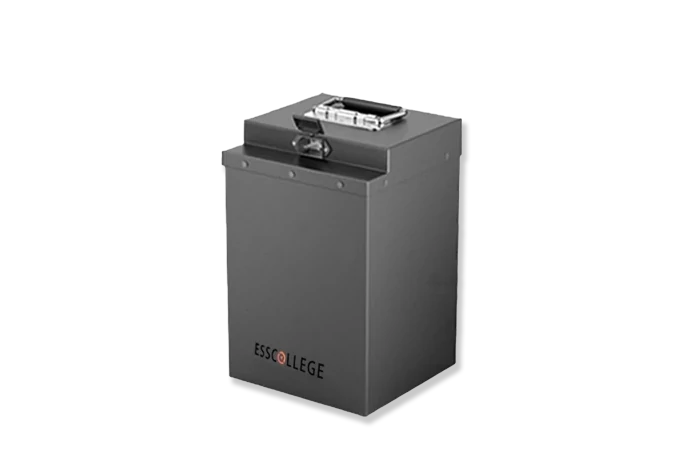
low-speed car batteries
Low-speed vehicle battery is a kind of battery designed for low-speed electric vehicles, which has the characteristics of clean, environmental protection, high efficiency and economy, and is widely used in electric golf carts, low-speed electric vehicles (LSV), mobile vendors, campus transportation, cargo trucks and so on
Extended reading
Product packaging and delivery
Product packaging and delivery The packaging and delivery of battery...
Product information expansion
Product information expansion Understanding low-speed vehicle battery product information is...
Product composition
Low-speed lithium battery product composition Understanding the product composition of...
THE ESSC Brand promise
Global supply
Our products sell well all over the world, covering many countries and regions, through the global logistics network, to provide customers with convenient purchasing experience.
Rigorous quality
We adhere to the highest quality control standards to ensure every product meets industry regulations and customer expectations, earning trust through consistent excellence.
Excellent service
With a customer-centric approach, we provide prompt responses, professional support, and personalized services, aiming to deliver the best user experience and long-term value.
